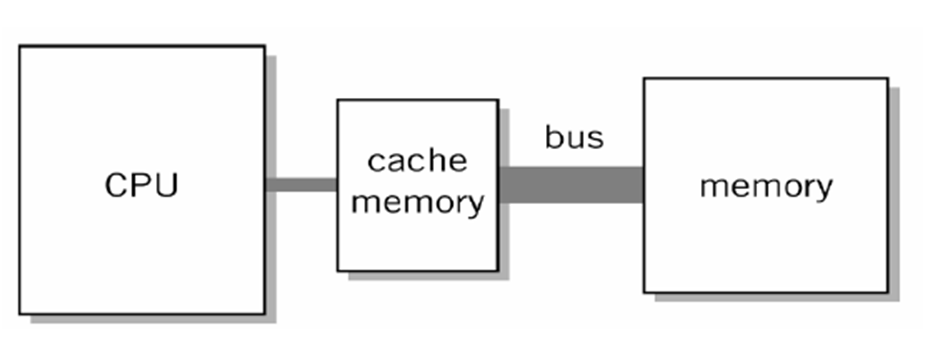Computer Memory
A computer uses several types of memory units to store, process, and retrieve data, each with a specific role, speed, and capacity.
🔹 1. ROM (Read Only Memory)
-
Non-volatile memory: retains data even when the power is off.
-
Stores permanent information like system firmware (e.g., BIOS).
-
Defined by the manufacturer, cannot be changed by the user.
-
Not used for storing personal data or programs.

🔹 2. RAM (Random Access Memory)
-
Volatile memory: data is lost when the computer is turned off.
-
Stores:
-
Currently running programs,
-
Temporary data.
-
-
Allows direct access to any memory cell by address.
More RAM = Better multitasking and performance.
🔹 3. Cache Memory
-
Located between the CPU and RAM.
-
Used to speed up data access for the processor.
-
Extremely fast but with very limited size.
-
Invisible to the operating system.
-
Acts as a high-speed buffer for frequently accessed data or instructions.
Often integrated into the CPU in levels (L1, L2, L3).

📌 Summary Table:
| Memory Type | Volatile | Access | Main Content | Speed | Capacity |
|---|---|---|---|---|---|
| ROM | No | Read-only | Basic system instructions | Medium | Low |
| RAM | Yes | Read/Write | Programs & data in use | Fast | Medium–High |
| Cache | Yes | Automatic | Frequently accessed data | Very fast | Very low |

